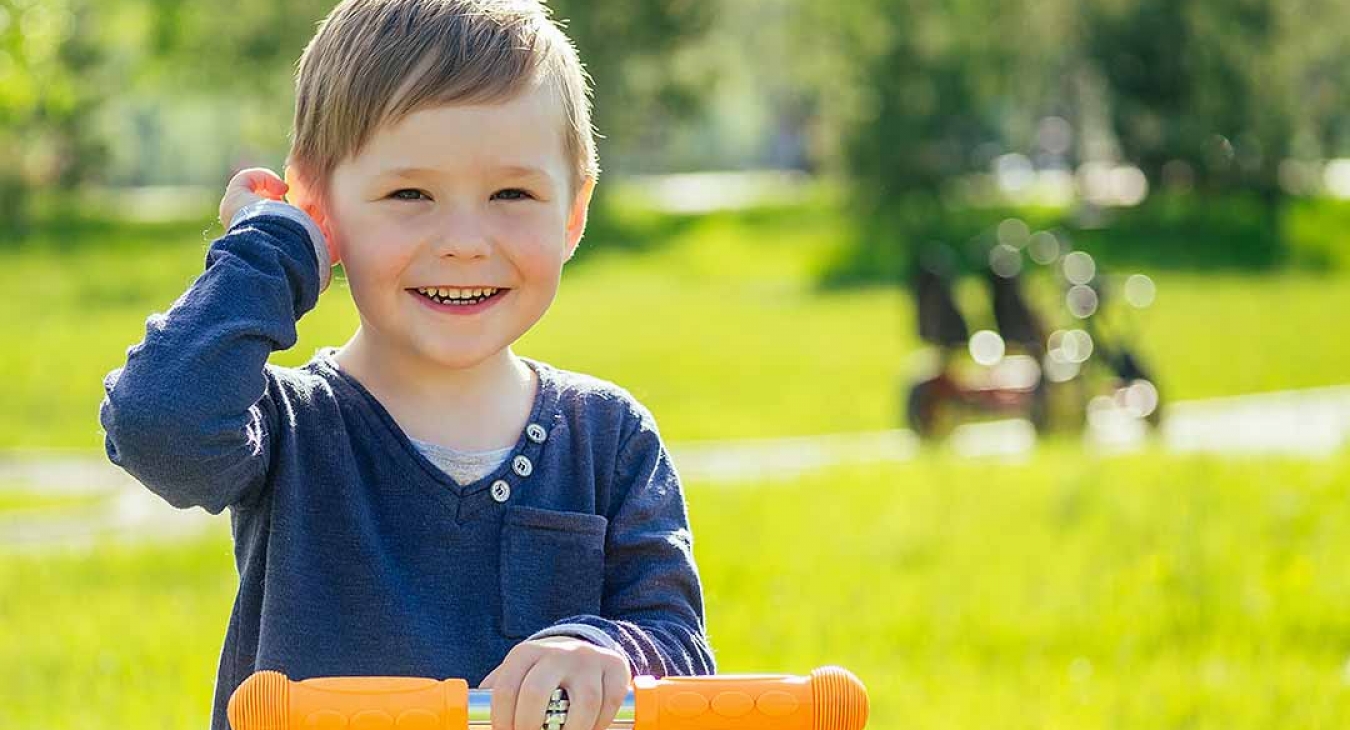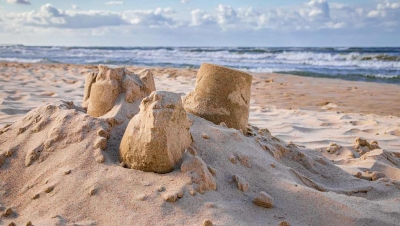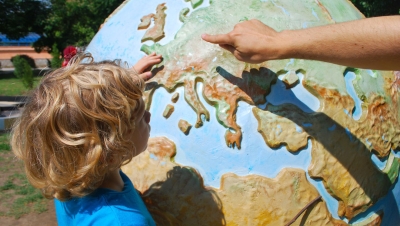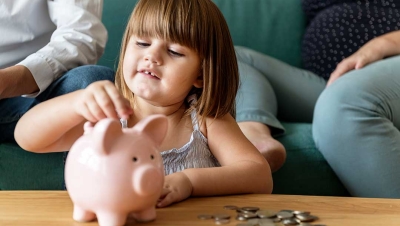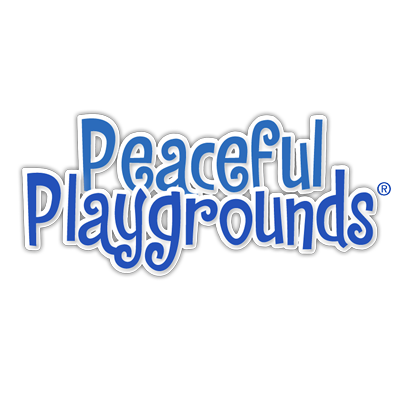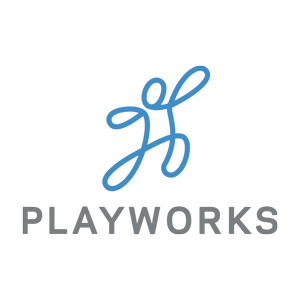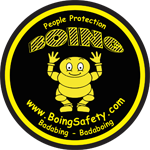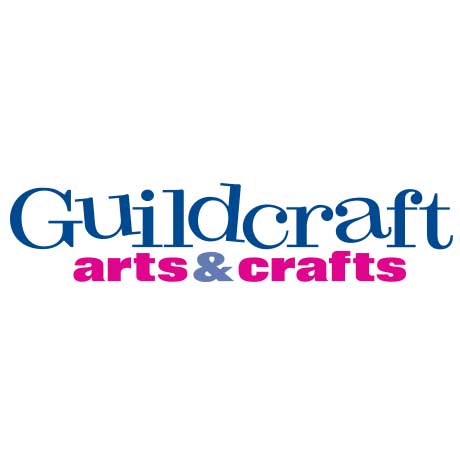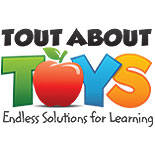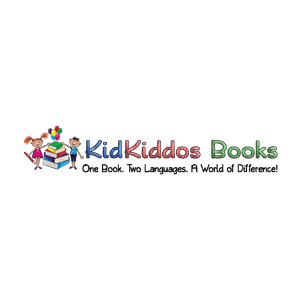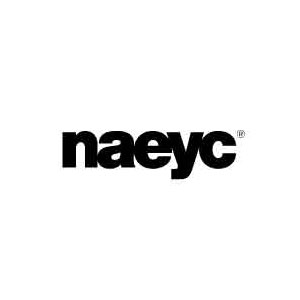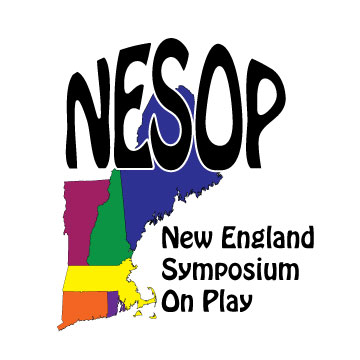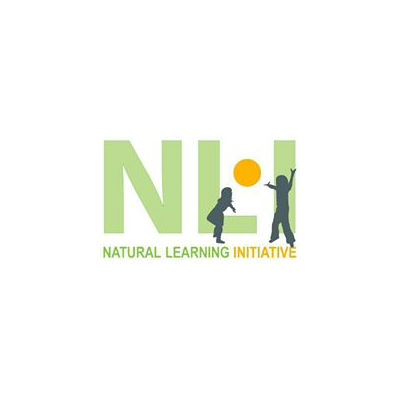Physical Literacy, the Linchpin to Classroom Success
Big Physical Play
When we think of children’s big physical play we tend to think of fun. Who can help but smile when they hear the sounds of children playing hard? But there is a lot more going on than just fun. When children are in big body play, they are developing their physical literacy. Which may beg the question: what could be physical about literacy?
Humans gain fundamental locomotor movement patterns in early childhood. The more we are given the opportunity to use those skills, the more confidence we gain in them. As we develop confidence in those skills, we begin to push our skill level higher, mastering new skills. And that is physical literacy.
Physical Literacy
The parallels with academic literacy are clear. Children who struggle with learning letters and phonics will struggle with reading. But, children who find success with letters and phonics gain the confidence to read beginning readers, then early chapter books, and then full novels.
The same holds true for physical literacy. Children who struggle with early physical skills like balance and core strength will struggle with physical activity. They will lack the confidence to tackle bigger physical challenges. And they become physically illiterate.
When children fail to gain confidence in their bodies, they will lose interest in play. Just like someone who struggles with reading will lose interest in novels, children who do not have proper gross motor skills will lose interest in big body, physical play.
Physical Play Builds Confidence
We all know the children who find excuses to sit out during recess or PE. When they do, their peers continue to gain skills and movement patterns, widening the skill gap between the active kids and the kids who have refrained from play.
But there is more. When children sit out in elementary school and lose ground compared to their peers, they are more likely to continue that trend. They are more likely to be sedentary teens, and sedentary teens are highly likely to be sedentary adults.
Sadly, sedentary adults also teach their children to be sedentary.
So we need to help break this cycle by giving children lots of opportunities to be physical, to develop that physical literacy. The best way to build physical skills and confidence is through play.
Play Builds Core Strength
Big body play strengthens the whole body, incorporating all muscle groups. Some strength development is obvious. Throwing a ball develops the muscles in the arm and hand. Running develops the muscles in the legs.
More critically, though, play develops the muscles of the core, the foundation that supports all movement. Core strength is the phonics of physical literacy.
Josef Pilates called the center of the body, the core, the “powerhouse,” because all our movement starts at the center and moves outward. The stronger the powerhouse, the easier our everyday tasks become, from carrying groceries to riding a bike. So building physical literacy starts with the core.
Core strength starts to develop in infancy. Babies explore their world by moving their bodies, building core strength, and learning about their limbs and how to control them. When babies move to sitting, they build more core strength, as they hold up the big, heavy head and keep the rest of the body from toppling over. As they continue to grow, their limbs get longer and the core has to be even more active.
Each step along the developmental path is dependent on a strong core, from rolling over to sitting, crawling, pulling up, standing, cruising, walking, running, and jumping. As a progression, each of these milestones further builds the core strength needed for the next skill, much like the progression of their physical literacy in general.
Sadly, a study out of England found that today’s children lack the core strength demonstrated by previous generations. The study found ten-year-olds’ ability to perform a standard sit-up test fell dramatically over a 16 year period at the turn of this century. Between 1998 and 2008 sit-up measurements fell 2.6% a year. And between 2008 and 2014, they fell 3.9% a year, demonstrating a steep erosion of core strength. And, if the powerhouse is weak, all physical literacy suffers. This decline in core strength has implications beyond play, reaching directly into the classroom.
So how does core strength impact classroom success? A strong core means smoother movement and controlled appendages leading to better control of arms and hands, making school tasks such as writing and holding a book easier. A strong core to hold the body upright means sitting at a desk is less tiresome and more comfortable.
As part of the physical literacy cycle, play builds a strong core, and a strong core supports even more play. Running, jumping, and skipping are easier with a strong core to control legs and feet. Children with strong cores play harder at recess so they are ready to sit still when it is time to return to the classroom, leading to better focus, more self-control, and more learning.
Core strength is just one example of physical literacy’s link to classroom success. Other examples include grip strength to hold a pencil, eye-hand coordination to copy from the board, and motor planning to get the paper to the teacher’s desk. The vestibular system helps the eyes focus on the board and the proprioceptive system keeps the body upright and in the chair. And this is just a sample - there are countless more examples.
Keep Them Moving!
How do we build all of these essential physical literacy skills? The only way is through movement, and the best way is through big physical play: running, jumping, climbing, and swinging. Throwing, catching, swimming, cartwheeling, and digging. Building forts, playing tag, having snowball fights, riding bikes. All of these activities develop skills, strengthen the body, build confidence, ultimately helping kids find success on the playground, on the sports field, in the classroom, and, most importantly, in life.



